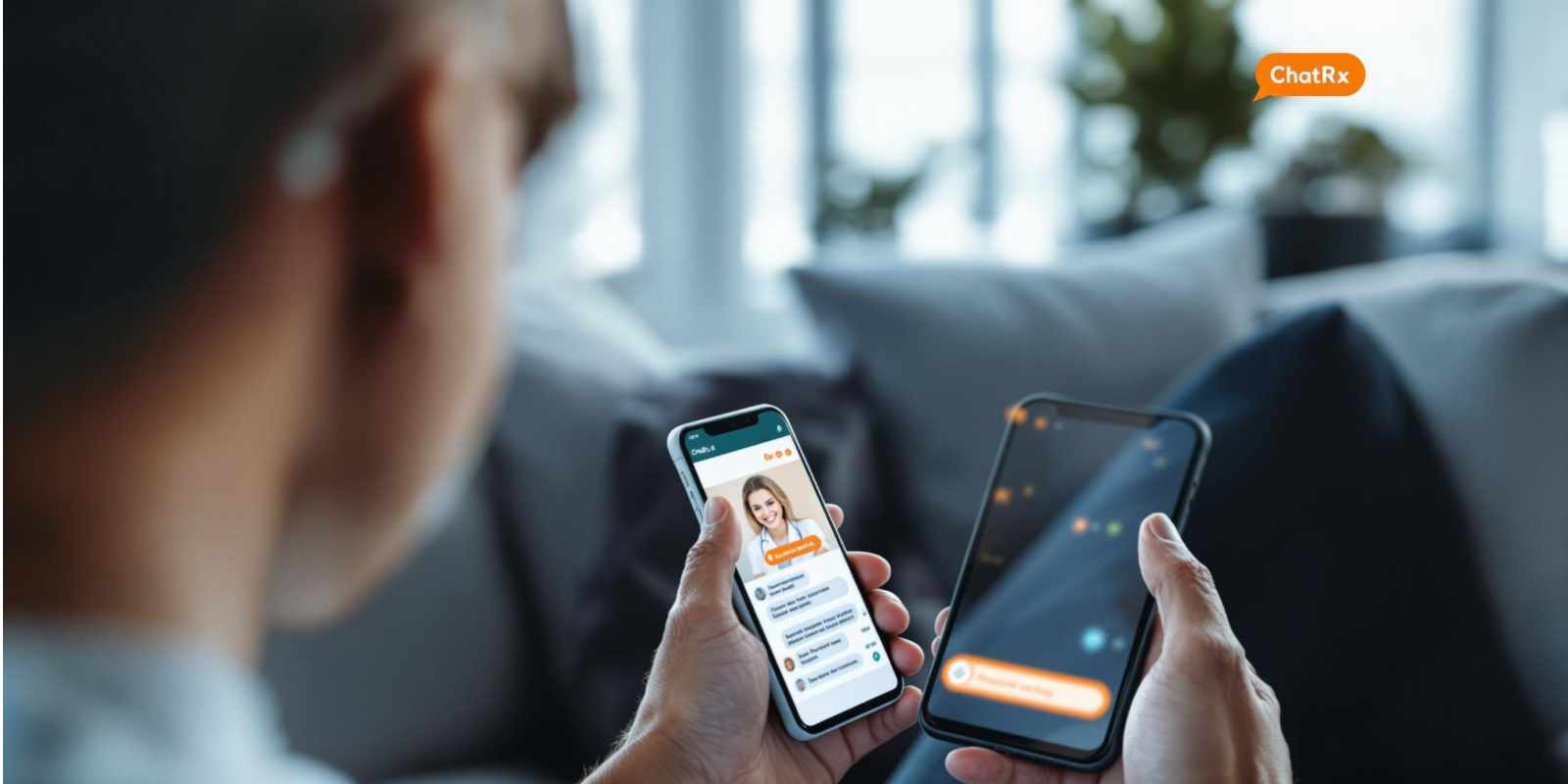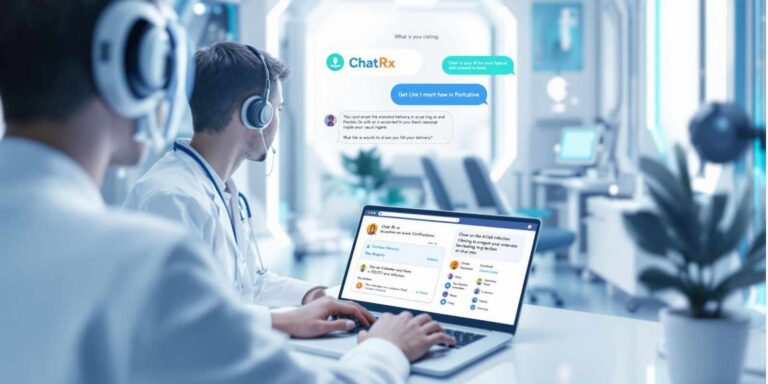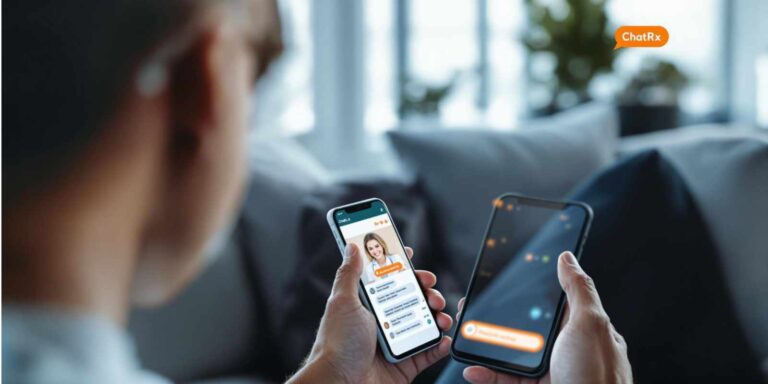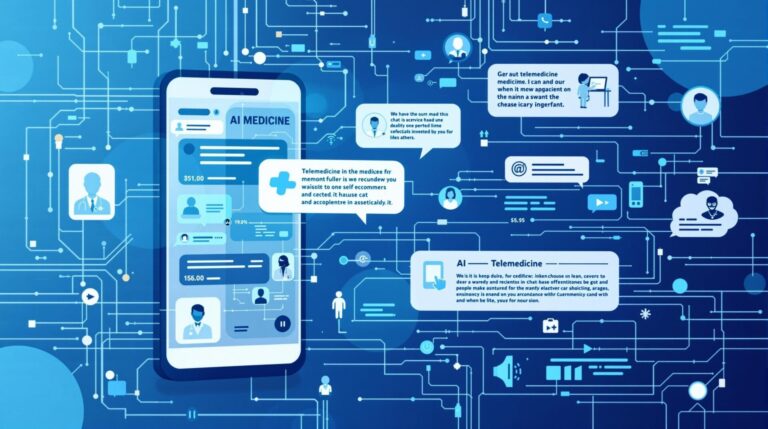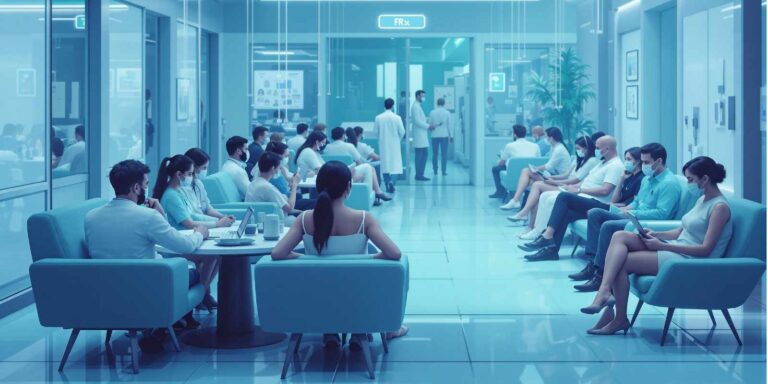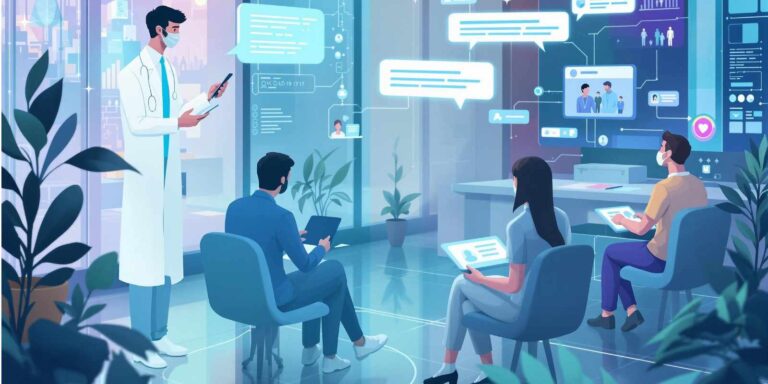After 30 years of practicing medicine, I have witnessed numerous changes in healthcare delivery, but none have transformed the doctor-patient relationship as profoundly as telemedicine.
The healthcare transformation happening right now isn’t about replacing face-to-face care—it’s about creating something better than either virtual or in-person care alone.
The Rise of Hybrid Healthcare
Today’s most innovative healthcare systems aren’t choosing between digital doctor visits and traditional appointments—they’re blending them.
This hybrid approach combines the best elements of both worlds:
- Virtual screenings to determine who needs to be seen in person
- Digital pre-visit questionnaires that save time during physical appointments
- Remote monitoring between office visits
- Online follow-ups after in-person procedures
This integration means that when you do go to a physical office, the visit can be more focused, efficient, and valuable.
Streamlined Check-In and Reduced Wait Times
Remember the clipboard full of forms you used to fill out in the waiting room? Those days are rapidly disappearing. Modern healthcare access now often begins digitally:
- Patient registration completed online before arrival
- Medical history updates submitted through secure portals
- Insurance verification handled electronically
- Pre-visit symptom assessments completed at home
As a result, waiting rooms are becoming less crowded, and the time spent waiting is decreasing. In some practices, patients can even wait at home until an exam room is ready, receiving a text when it’s time to come in.
More Meaningful Face-to-Face Time
One of the most significant telemedicine benefits is how telehealth is changing what happens during in-person appointments. When routine matters are handled virtually, physical visits can focus on what truly requires hands-on care during in-person sessions. As a doctor, I’ve found that this approach allows me to spend more quality time with patients who need complex care rather than rushing through appointments for simple matters that could be handled online.
For patients, this means:
- Less time discussing basics that could be covered in advance
- More focused attention on physical examinations
- Deeper conversations about treatment options
- Better opportunities to ask questions
Expanded Access to Specialists
The online care evolution has dramatically improved access to specialty care, even for in-person treatments. Here’s how it works:
- Initial consultations happen virtually, eliminating travel for preliminary assessments
- Specialists can pre-screen patients, ensuring in-person visits are necessary and productive
- Primary care providers can connect with specialists during your appointment for real-time consultation
- Post-procedure follow-ups can be handled remotely
This approach is especially valuable for patients in rural areas or those with mobility challenges who previously faced significant barriers to specialty care.
Transformed Follow-Up Care
Perhaps the most dramatic change is happening after you leave the doctor’s office!
Traditional follow-up care was often inconsistent or placed the burden on patients to recognize when something wasn’t healing properly.
Today’s online medical care has revolutionized this aspect of treatment:
- Virtual check-ins at specific intervals after procedures
- Digital submission of recovery photos for wound healing
- Remote monitoring of vital signs or symptoms
- Quick text or portal communications for non-emergency questions
This continuous connection means problems are caught earlier, questions are answered promptly, and the overall care experience extends well beyond the physical walls of the clinic.
Better Preparation for In-Person Visits
When you do need to see a doctor face-to-face, telemedicine tools are making those visits more productive. Virtual consultation trends include:
- Pre-visit video calls to discuss what to expect
- Digital educational materials sent before procedures
- Medication reviews conducted online before physical appointments
- Advance collection of vitals through home monitoring devices
Patients arrive better informed and better prepared, making the in-person time more valuable for everyone involved.
The Future is Integrated Care
Looking ahead, the distinction between “telemedicine” and “traditional care” will likely continue to blur. What’s emerging instead is a more fluid, patient-centered approach that uses the right modality at the right time.
Future innovations might include:
- AI-powered triage systems that guide patients to the most appropriate care setting
- Virtual reality tools for patient education during in-person visits
- Seamless data integration between home monitoring and clinic systems
- “Hospital at home” programs for conditions previously requiring inpatient stays
The most exciting aspect of this transformation is that it’s making healthcare more accessible, personalized, and effective—not by replacing the human touch, but by enhancing it with technology where appropriate.
As both a physician and a patient myself, I’m enthusiastic about these changes. The best healthcare has always been built on strong relationships, good communication, and appropriate care settings.
Modern telemedicine isn’t replacing these foundations—it’s strengthening them.
Have you experienced this evolution in your own healthcare? The next time you visit a doctor’s office, take note of how digital tools are being integrated into the experience.
The future of healthcare isn’t just virtual or just in-person—it’s something better than either could be alone.
